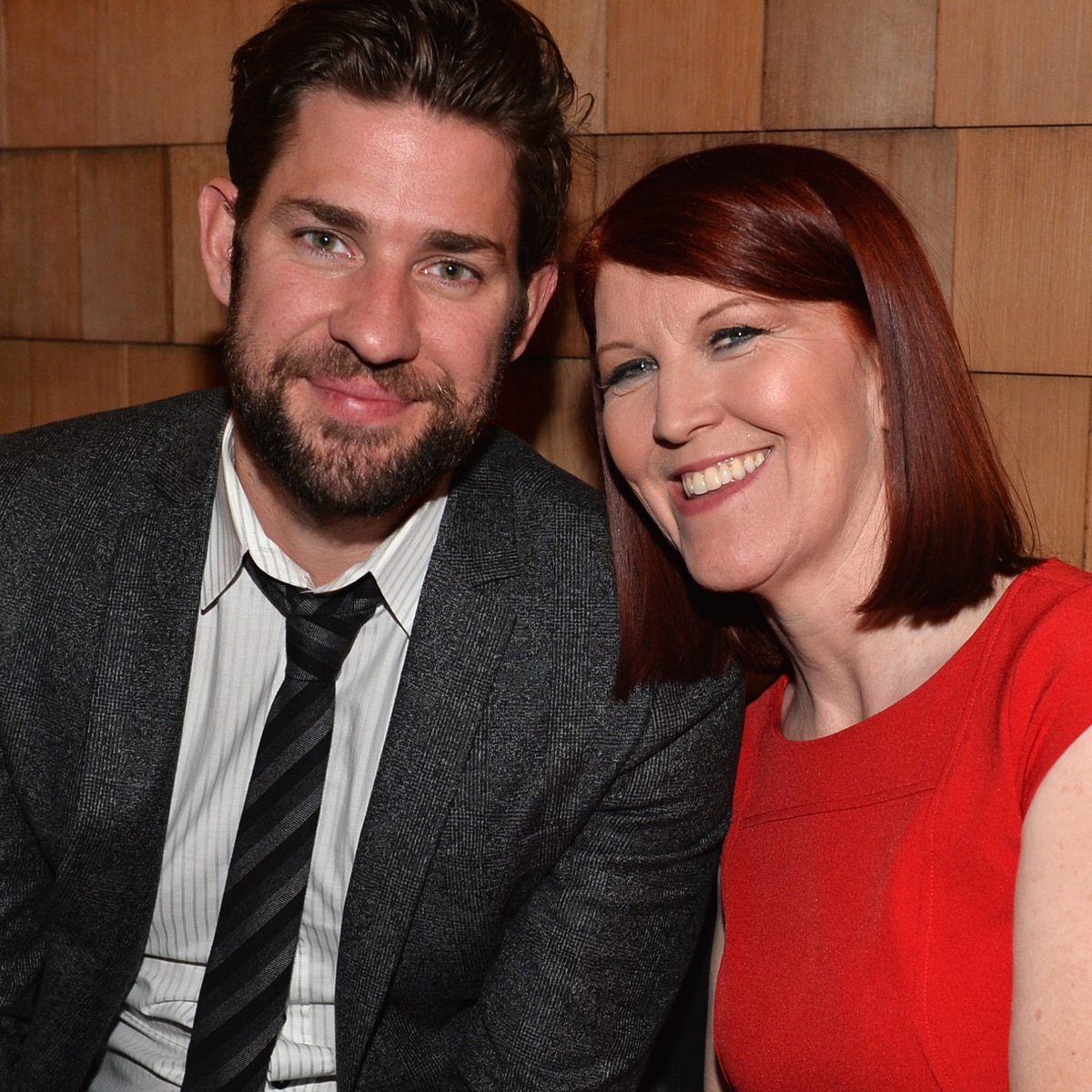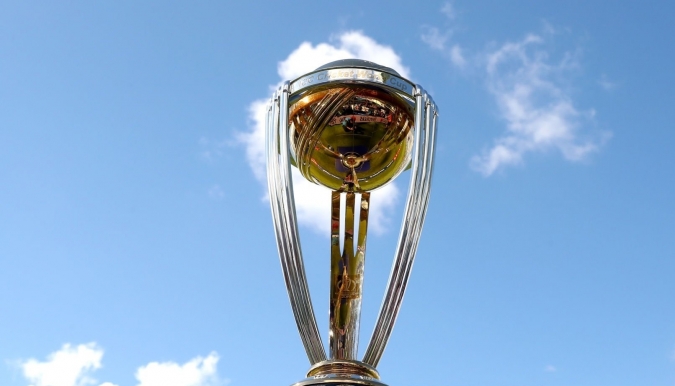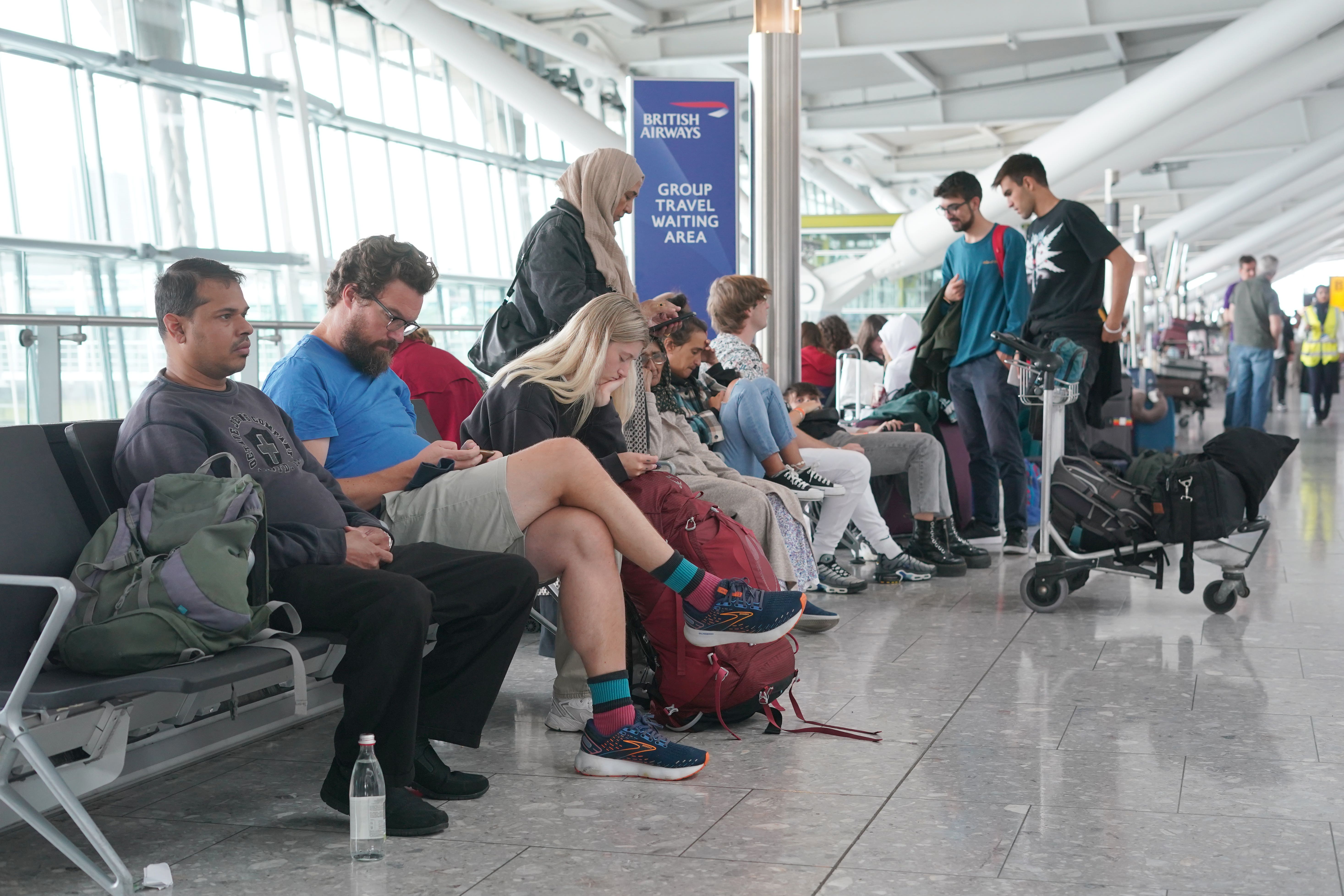Alice Levitt on the One Thanksgiving That Colored All Future Celebrations
This is the story Alice Levitt retells every Thanksgiving. It's the one that colored all future celebrations.


My father was a beatnik artist in New York in the 1950s. He later taught art at Greenwich Country Day School, where I attended on a full scholarship. His classroom was rumored to have a dead cat in the trash can, waiting for the bravest students. When he was forced to retire as a septuagenarian, he got a job running a museum at our local beach in Connecticut and spent most of his time in the basement of our crumbling farmhouse, taking apart computers and watching roadkill decay. He had both bizarre predilections and symptoms of mental illness.
Though I only half believed the stories from back when—like Tiny Tim crying in his apartment—in reality, he was a social butterfly who invited actress Madhur Jaffrey and musician Max Roach into our home, along with a motley collection of new friends on a regular basis.
Thanksgiving was no different, and one that remains especially vivid in my memory is from 1993. I was twelve. It was the Thanksgiving that colored all future celebrations—what I eat and with whom I share the day.
Up to that point, Thanksgiving at our home had been relatively traditional, if mostly semi-homemade. I wore a Pilgrim costume my mom sewed together. She roasted a pair of turkeys, and my grandmother arrived just in time to pour bottled gravy into their drippings. Sliced canned cranberry jelly, microwaved Le Sueur canned peas, and plain (as in no vegetables-added) boxed stuffing were passed around the table. The pièce de résistance was my mom’s baked apples—cored Granny Smiths wrapped in frozen pie dough.
That memorable Thanksgiving, Canadian artist James Henderson Boyd, whom I called Uncle Jim, arrived smelling of whiskey and wearing a Boyd clan red and green tartan kilt, a nod to this Scottish heritage. Despite his overwhelming odor, Uncle Jim was my favorite because he paid respectful attention to me in a way my father rarely did. He sat on the couch, crossing and uncrossing his legs like Sharon Stone in Basic Instinct. My grandmother, a doppelgänger for a Jewish Emily Gilmore, was scandalized but couldn’t look away.
Uncle Jim had a friend I only knew as the long-dead “Hutch.” My father reconnected with Hutch’s daughter, Anneke. They had a shared affection for Monty Python and vintage British humor. Despite the distance of their child-of-a-friend-of-a-friend relationship, Dad struck a fond attachment with her.
Anneke and her husband, John, a braid-wearing Native American museum curator, joined us, too. It was John’s idea to make our Thanksgiving a potluck that year.
My extended family brought warmed rolls and dessert. John, with the first Thanksgiving in mind, brought a whole fish, just like when British settlers and the Wampanoag tribe shared eel, lobster, and shellfish.
When my father and I arrived in his Yugo to pick up the couple, John had a fish on a tray. Mercifully, it wasn’t an eel, but it had hollowed-out eyes and a gaping mouth. Did anyone eat it? I’m sure my father did.
My cousin, who was also twelve, invited Sergei, a classmate from Russia who stayed stateside during the short American holiday. He was a chubby, rosy-cheeked boy eager to learn our traditions. The Thanksgiving turkeys, so quotidian to us, were a marvel to him, though I half wished we had a more interesting spread to impress him. Before the fish made it onto our plates, the kids went upstairs to play video games. That’s when the house began to fill with smoke.
Someone had lit a fire in the fireplace and hadn’t opened the flue. Our guests threw on their coats and said their hasty farewells in our circular driveway. And just like that, our Thanksgiving wrapped up, only a couple of hours in.
" ... that one Thanksgiving is emblematic of how he instilled in me a powerful lust for people."
This night captured the little that was good and safe about my father—I spent my childhood walking on eggshells around him. However, that one Thanksgiving is emblematic of how he instilled in me a powerful lust for people. And keeping an open mind has defined my adult Thanksgivings.
As an adult, I spent a great deal of time with my dear friend Tanyia, who is Black, Japanese, and Native American, trying to plan a fry-bread Thanksgiving dinner that has, as of yet, never materialized. I want so desperately to give life to her traditions.
When we were single, Tanyia and I often spent the holiday together at a hot pot restaurant or digging into a South Indian banana leaf lunch.
Now that I’m married, my husband and I have a tradition of our own. This year, for the fifth in a row, we’ll head out for Korean barbecue. Even though neither of us is Korean, it’s important to us to celebrate what we love. Because at its very roots, Thanksgiving is designed to converge cultures. And in that way, I think my father taught me very well. Since 1993, I’ve been doing it right.






/cloudfront-us-east-1.images.arcpublishing.com/gray/QF5H3LHWMBE2FFQLQY2VMDFLDA.jpg?#)


























































